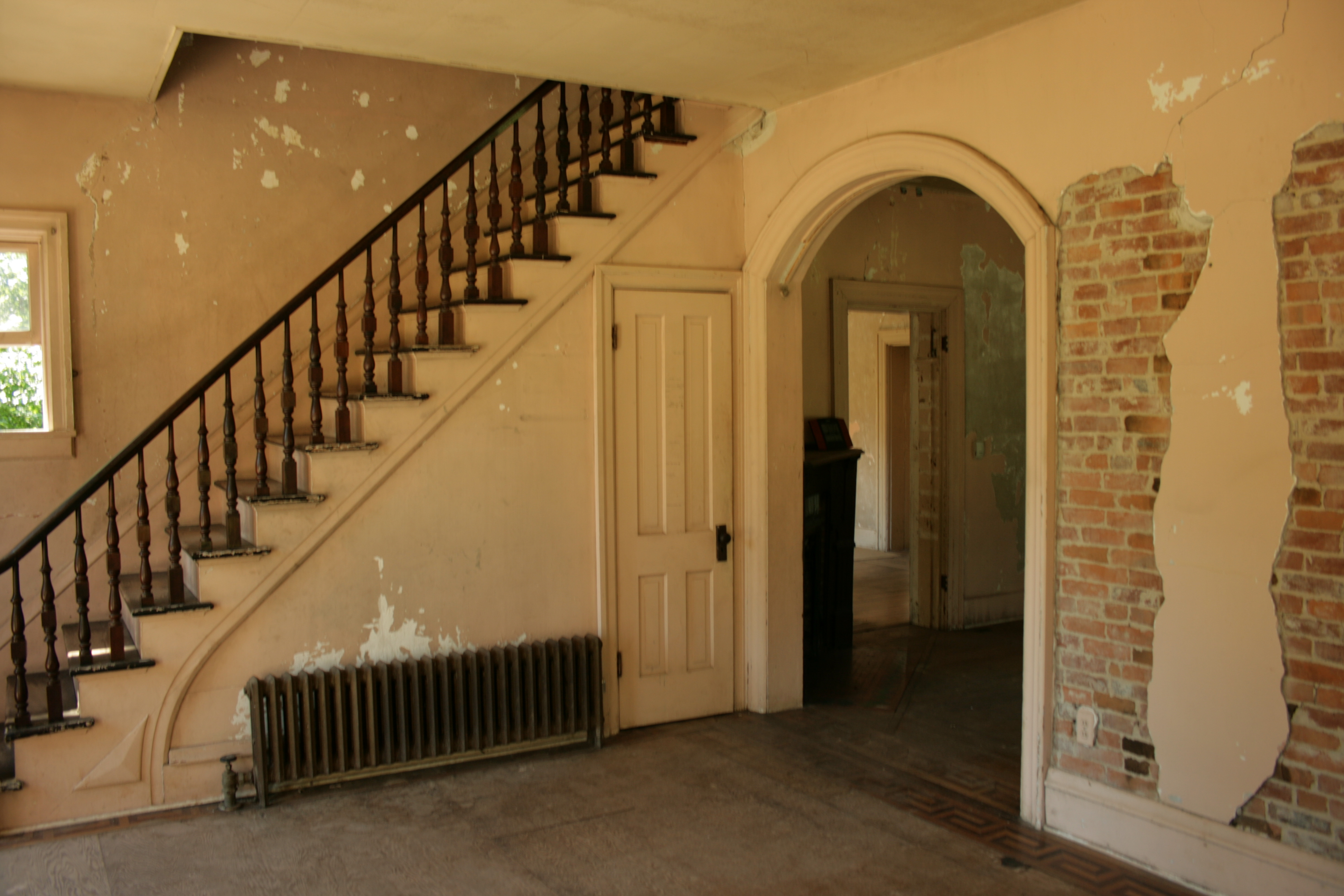
How do you repair a wall after wallpaper removal? How to repair walls after wallpaper removal? Will removing a wallpaper damage my wall? Can You drywall over wallpaper? Wash the walls with a mixture of wallpaper paste remover or part vinegar to parts water, to remove all.
Peel or scrape off shreds of loose paper. A stiff putty knife works well. You may have to pick off smaller. Repairing the drywall after wallpaper removal is very necessary.
If left un-repaired , the problem may resurface after painting or pasting the new wallpaper. Hence, make sure that you repair and give a clean look to the walls. This procedure will surely complete the fixing process, including repairing the corners. Sand the edges where paper was removed with a fine-grit.
Stir a can of sealing primer with a paint stick. Place a pan liner into a paint pan and fill the pan with primer. Apply a second coat of primer and.
Some jobs, no matter how hard you try, will leave some glue or paper. Let the walls dry thoroughly overnight. Make your walls look brand new again! Check out Zinsser Gardz Problem Wall Sealer. I also show a drywall corner tape repair and tape joint repair that I use FibaFuse drywall tape on.
When first putting up drywall , you screw it in place, tape the seams, and cover them with joint compound. But the paper covering the entire sheet of drywall is typically not smooth. The previous homeowner had the bright idea of painting over the wallpaper , so that made it even harder to remove. Dilute five ounces of wallpaper stripper in one gallon of water. Fill a pump sprayer with the.
Empty the pump sprayer and refill it with clean water. Spray the walls again to rinse them. Steps to Fix Damaged Drywall After Wallpaper Removal It is extremely important to make sure that you remove all the flue left behind by the wallpaper. Make sure you give your walls a thorough rinse afterwards. Walls may have holes, uneven textures or just not be smooth.
Eric Stromer gives instruction on how to properly prepare walls to paint after wallpaper removal. Start by adding a skim coat to the walls using a inch drywall blade and joint compound. Sterling Drywall Repair technicians are experienced with wallpaper removal, and can absolutely help you prepare your walls to be paint ready, and they’ll leave the job site clean.
The professional paint job will be money well spent, and you won’t have to call for help when your paint starts to peel from painting over leftover wallpaper glue from your DIY effort. Primer will help cover it up without spending a lot of time and money on expensive paint! After applying primer to the wall, you can barely tell where the torn drywall paper was! The first step in making a blister-free repair is a razor knife. You use this tool to trim any partially peeled up paper around the edges of the damaged area.
Be sure to check out our quick clean-up painting tips, too. If you have to repair torn drywall paper, hopefully this Pro tip will help. If you’re a professional tradesman, and you have drywall tips, add them in the comments below—or contact us with your own Pro tips.
The correct procedure is to remove that water soluble paste residue, which not only might cause discoloration, but might also cause adhesion failure, especially if old fashioned wheat paste or clay paste was used to hang that wallcovering. Even after removing the paste, I would routinely prime the walls before painting. Remove the patch and carefully scrape off the old wallpaper. If you nick the wall surface when scraping off the old paper, fill the nicks with joint compound and sand the repairs flat.
Before applying the patch (Photo 4), seal the repaired wall by brushing on a coat of wallpaper sizing or oil-based primer. Do this step without using any water to begin the old wallpaper removal process. Pro tip: The point is to remove the top layer of paper and leave the backing on the wall.
That way, the backing will easily soak up water, making the rest of the wallpaper removal faster and easier. Start at a corner near the ceiling or under a switch plate to begin.
No comments:
Post a Comment
Note: Only a member of this blog may post a comment.